MOSCOW, Idaho — Oct. 23, 2024 — Simona Picardi, assistant professor in the Department of Fish and Wildlife Sciences at University of Idaho, recently published a study alongside colleagues in Proceedings of the Royal Society B. The study is titled,…
Tag: Wildlife
Can a UN Meeting Help Save Jaguars?
“The CBD CoP16 in Cali, Colombia is important for the future of jaguars. This magnificent spotted neotropical big cat has already lost more than 50% of its original distribution and the trend in the species’ populations continues to decline. Thus, a significant change must occur to conserve them for the long term.”
Colombia Advances in the Protection Of Its National Natural Parks Amid Ongoing Threats
The effective management of Colombia’s National Natural Parks, with the participation of communities, the private sector, and society at large, is essential to ensuring peace with nature. This was the main recommendation of the 2024 report presented by the civil society initiative Parques Nacionales Cómo Vamos (PNCV) today in Cali.
Two Rescued Southern Sea Otters Make Public Debut at the New York Aquarium
Two female southern sea otters are debuting at the New York Aquarium.
The Bronx Zoo Debuts Float in 2024 Macy’s Thanksgiving Day Parade
Today, the Bronx Zoo and Macy’s have announced that for the first time, the Bronx Zoo will join the 98th Macy’s Thanksgiving Day Parade®. The float, titled Wondrous World of Wildlife, will make its debut in honor of the Bronx Zoo’s 125th anniversary and will display representations of the zoo’s extraordinary animals and beloved exhibits in front of millions live in New York and millions more nationwide on Thursday, November 28.
Tickets Go on Sale Today: Holiday Lights, with a Unique Wildlife Theme, Returns to the Bronx Zoo
Be enchanted with millions of lights and hundreds of lanterns — on select dates from November 22 through January 5
Tickets for Holiday Lights can be purchased here: BronxZoo.com/HolidayLights.
New this year: interactive glowing walls, illuminated trees, and shimmering flowers

Protecting Maine’s Coastal Treasures: Vital Conservation Efforts for Common Eiders
Spending a sunny day on a boat in Casco Bay isn’t a bad summer job, at least not for BRI biologists Helen Yurek and Logan Route. On a Thursday morning, we loaded up into a boat to set off in search of Common Eiders, sea ducks that spend most of their time along rocky seacoasts.
FAU Engineering to Lead $1.3M Collaborative Conservation Project
Tracking marine animals at both individual and group levels is crucial for wildlife conservation. Researchers will develop and employ generative AI to identify, track, and analyze behavior of marine animals (with a focus on manatees), and address traditional tracking cost-precision trade-offs.
Southern Pudu Fawn, One of the World’s Smallest Deer Species, Debuts at the Queens Zoo
A southern pudu fawn, one of the smallest deer species in the world, is debuting at the Queens Zoo.
Born on June 21at about 2 pounds, the fawn shares a habitat with its parents at the Queens Zoo’s Wild Side. The species, when fully grown, can weigh up to 15 to 20 pounds and stand 14-17 inches tall.
Lake Erie walleye growth is driven by parents’ size, experience
Parent size and the conditions in which actively spawning adults lived are the most influential factors affecting growth of Lake Erie walleye, a new study has found.

Coffee Producers Capture Rare Amazon Weasel on Video
A group of coffee producers has filmed an extremely rare small carnivore, the Amazon weasel (Neogale africana), near their shade-grown plots as part of a citizen science monitoring program. This species has never previously been recorded in Bolivia.
FAU Sea Turtle Experts Provide ‘Best Practices’ During Nesting Season
Three internationally renowned FAU researchers provide “best practices” and answer some of the most frequently asked questions to help protect Florida’s nesting sea turtles and their hatchlings.

Two can play that game: juvenile dolphins who play together are more successful as adults
Juvenile social play predicts adult reproductive success in male bottlenose dolphins, a new study has found.
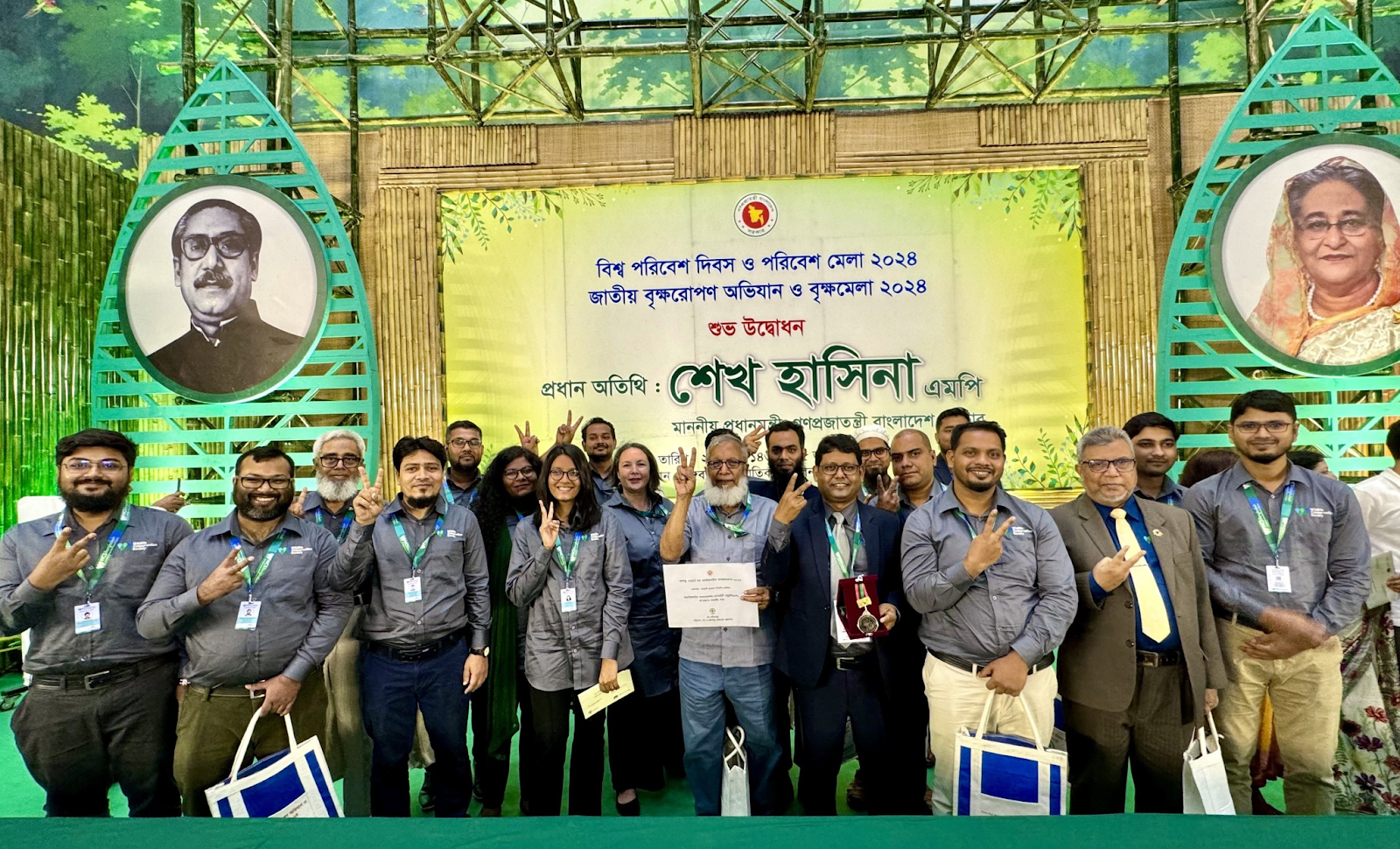
Wildlife Conservation Society Bangladesh Program Honored with the Country’s Top Prestigious Bangabandhu Award in Bangladesh
The Government of Bangladesh bestowed the country’s most prestigious award for wildlife conservation, the Bangabandhu Award for “Dedicated Wildlife Conservation Organization,” to WCS Bangladesh in recognition of the program’s valuable contributions to advancing wildlife conservation management in Bangladesh.
Three Andean Bear Cubs Debut at the Queens Zoo
Three 5-month-old Andean bear cubs are debuting at the Queens Zoo, marking a rare occurrence as Andean bears typically only have one or two cubs at a time.
WCS Hosts Diverse/Reverse Vendor Fair at Bronx Zoo
The Wildlife Conservation Society (WCS) recently hosted its first-ever Supplier Diversity event, “Diverse/Reverse Vendor Fair” supported by Columbia University and Ascend NYC on May 23rd, with more than 25 vendors showcasing their products and services to various business units throughout WCS.
Researchers Identify Priority Areas That Deliver on Climate Change, Biodiversity and Health
To meet the imperative of the Kunming-Montreal Global Biodiversity Framework target, which seeks to protect at least 30 percent of the planet by 2030, researchers in an essay in PLOS Biology argue that “conservation areas need to be large enough to encompass functioning ecosystems and their associated biodiversity, and located in areas of high ecological integrity.”
City, State, and Borough Officials Welcome the Re-Opening of Prospect Park Zoo Which Temporarily Closed Due to Flooding From a Storm in 2023
With the re-opening of Prospect Park Zoo set for Saturday, May 25 after being closed due to flooding from Tropical Storm Ophelia in 2023, city, state and borough officials welcomed the news.
New York Aquarium Unveils Powerful ‘Washed Ashore’ Experience To Raise Awareness About Ocean Plastic Pollution
The New York Aquarium is debuting a traveling art exhibit, “Washed Ashore: Art to Save the Sea” to message about how plastics polluting the environment are harmful to wildlife and people. The exhibit will be at the aquarium Friday, May 24, to Monday, Sept. 2, 2024.
Greater Good Charities And GreaterGood.com Join Forces With WCS to Protect Argentina Land, Home to Vulnerable Species
Today, Greater Good Charities and GreaterGood.com announce they have awarded a grant to WCS in a dedicated two-part effort to protect more than 150,000 acres by donating it to the province of Mendoza in Argentina. This land, located in the Natural Protected Area La Payunia, is inhabited by endemic, endangered, and threatened species.
WCS Library and Archives Unveils Digitized Historic Film Collection
The Wildlife Conservation Society (WCS) Library and Archives, based at the Bronx Zoo, is proud to announce the completion of its Shelby White and Leon Levy Film Initiative.
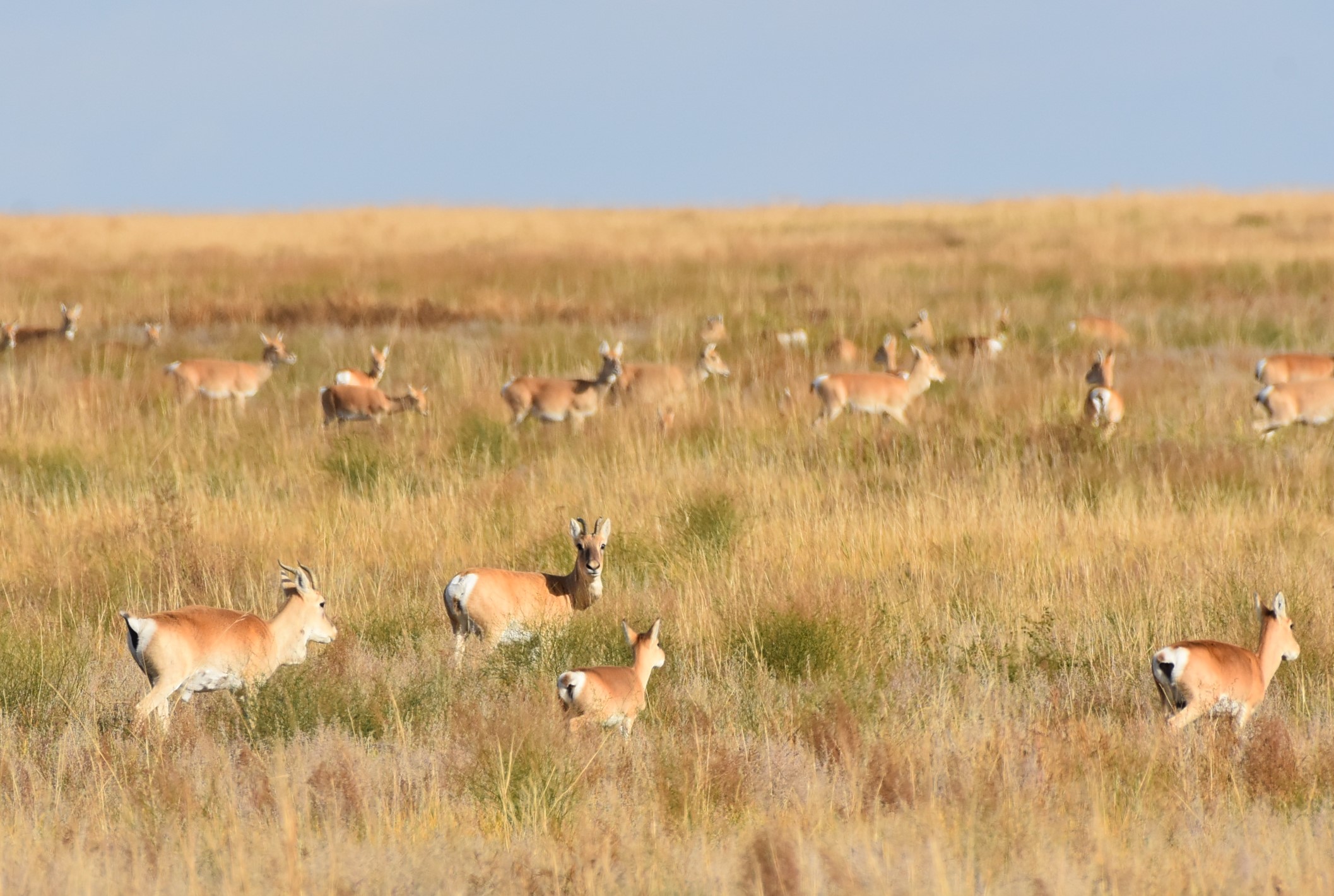
More Than 2 Million Gazelle Still Roam the Mongolian Steppe
A new publication in FirstView in Oryx sheds light on the status of Mongolian gazelle populations across Mongolia, Russia, and China, revealing both successes and challenges in the conservation efforts of this iconic species
New Study Confirms FSC-Certified Forests Help Wildlife Thrive in the Congo Basin
a new study reveals compelling evidence that forests certified by the Forest Stewardship Council®(FSC®) in Gabon and the Republic of Congo harbour a higher abundance of larger mammals and critically endangered species, such as gorillas and elephants, compared to non-FSC certified forests. The research was led by Utrecht University with support from WWF and the Wildlife Conservation Society (WCS), and was published in Nature on 10 April 2024. It underscores the effectiveness of measures implemented in FSC-certified forest concessions to safeguard wildlife.
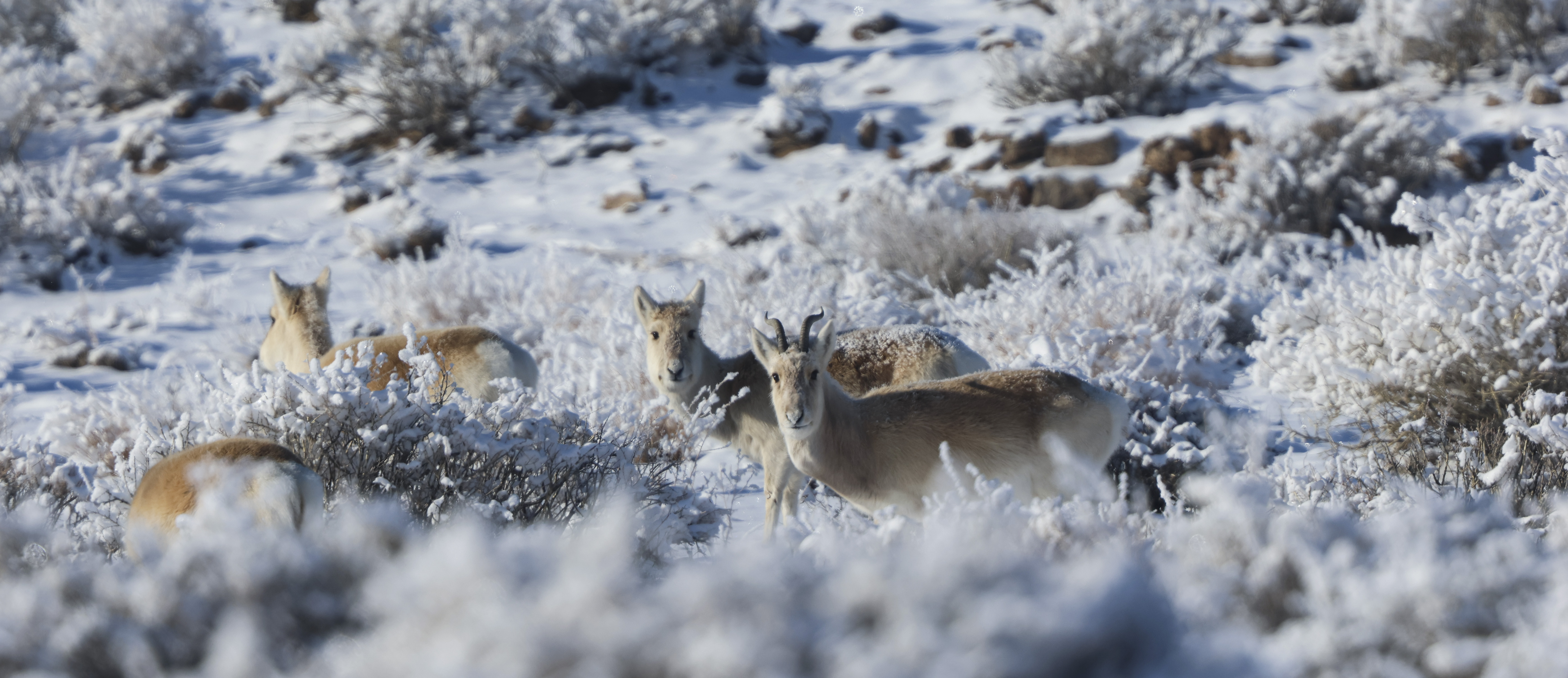
Mongolia’s Dzud Is a Severe Winter Weather Disaster Affecting People and Wildlife
As highlighted by both national and international media, a severe winter weather disaster—the phenomenon known as a ‘dzud’—during the 2023-2024 winter has presented unprecedented challenges for the people of Mongolia.
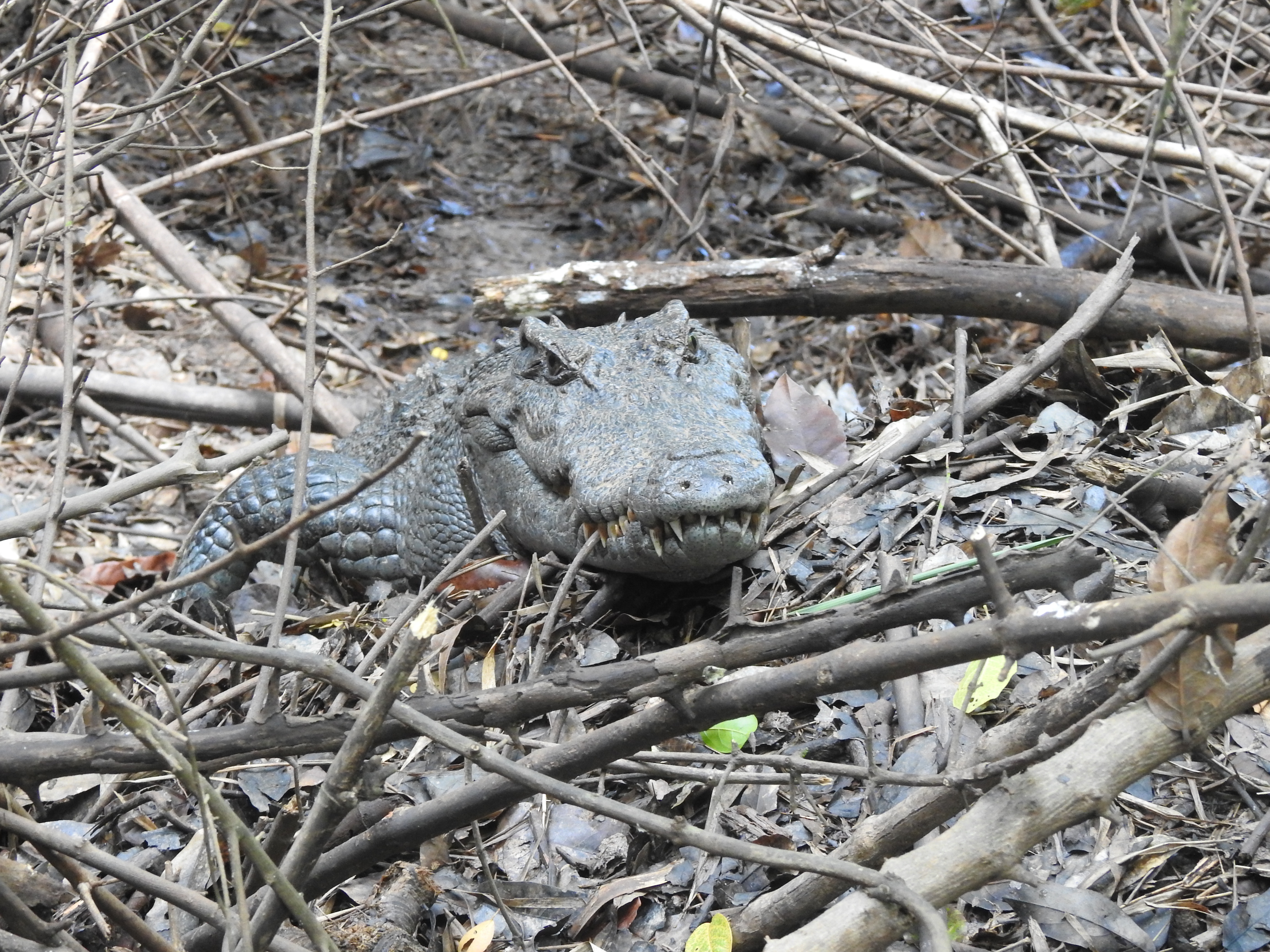
First Time Ever Observed: The Nesting of a Reintroduced Critically Endangered Siamese Crocodile
A new research paper in the Journal of Threatened Taxa has confirmed for the first time the nesting of a reintroduced female Siamese crocodile. Two hatchlings resulted from the nesting, and they are now being head-started, raised by conservationists in captivity until they are old enough to be successfully released into the wild.
US House Foreign Affairs Committee Advances Bipartisan Bill for Global Conservation
“USFICA would create a public-private partnership to save wildlife and wild places around the world. What that means is government funds would leverage private support, making public dollars go much farther. And those monies would go directly to protected areas and parks around the world.” John Calvelli, WCS Executive VP for Public Affairs
Animal hair structure changes from summer to winter to fend off freezing weather
Some animals can withstand frigid weather, thanks to the insulating properties of the hollow hairs that make up their coats. Little was known about the hairs, but researchers have now discovered that their inner structure changes with the seasons. They will present their results at ACS Spring 2024.
NASA Space Technology and Google Earth Engine Computing Power Are Helping to Save Tigers
A new computer platform called TCL 3.0 represents a breakthrough in how scientists measure and monitor changes in tiger habitat and provides a framework for monitoring other wildlife species across the globe.
WCS Joins Mozambican President Filipe Nyusi to Advance Conservation Efforts
The Wildlife Conservation Society was honored to be invited to participate in a high-level event today hosted by His Excellency Filipe Jacinto Nyusi, the President of the Republic of Mozambique, at Maputo National Park.
If we can’t untangle this mess, Norway’s blue industry will never be green
One recent study estimates that the total amount of fishing line lost annually could stretch from the moon and back. A new study from Norway shows that roughly one-third of lines could be recycled.
Five dazzling new species of eyelash vipers discovered in Colombia and Ecuador
A group of scientists led by researchers of Khamai Foundation discovered five dazzling new species of eyelash vipers in the jungles and cloud forests of Colombia and Ecuador.
CMS COP14, An Historic Opportunity to Protect the Guanaco Migrations
This iconic herbivore of the arid grasslands and the Andes Mountains in the Southern Cone, depends on vast and connected habitats to feed, reproduce, and rest.
Wildlife Conservation Society Delegation Heading to Convention on Migratory Species of Wild Animals (CMS) CoP14
A Wildlife Conservation Society delegation is heading to the Convention on Migratory Species of Wild Animals CoP14, Feb. 12-17, in Samarkand, Uzbekistan.
New study suggests culling animals who ‘don’t belong’ can be a flawed nature conservation practice
New research published today in the journal Science has concluded that eradicating animals on the basis that they are not native in order to protect plant species, can be a flawed practice costing millions of dollars, and resulting in the slaughter of millions of healthy wild animals.
Chimpanzees use hilltops to conduct reconnaissance on rival groups – study
Chimpanzees use high ground to conduct reconnaissance on rival groups, often before making forays into enemy territory at times when there is reduced risk of confrontation, a new study suggests.
Illinois expert available for Bat Week
URBANA, Ill. — Bats come out of the shadows during Bat Week (Oct. 24-31, 2023), an international awareness campaign that aims to educate the public about bat conservation in the week leading up to Halloween. University of Illinois Urbana-Champaign bat…
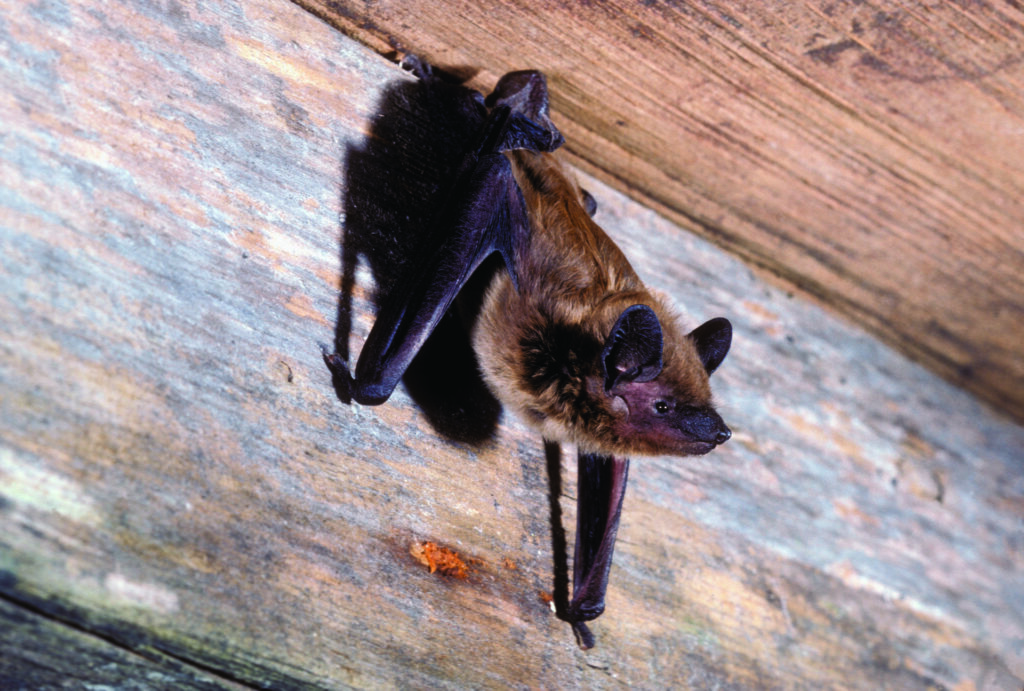
From the shadows to the spotlight – bring on the bats
More friend than foe, Halloween season a good time to dispel myths
Bats take spotlight during October’s Bat Week: Illinois expert available
URBANA, Ill. — Bats come out of the shadows during Bat Week (Oct. 24-31, 2023), an international awareness campaign that aims to educate the public about bat conservation in the week leading up to Halloween. University of Illinois Urbana-Champaign bat…
New threat to Antarctic fur seals
Antarctic fur seals that were hunted to near extinction have recovered but now face dangerous decline because of a lack of food, new research suggests. The study of fur seals, almost all of which live on the sub-Antarctic islands of…
New research reveals forgotten lives of Eurasian otters in Hong Kong
Researchers have gained new insights into the lives and losses of Eurasian otters in Hong Kong, as detailed in a paper published by Oryx—The International Journal of Conservation, published by Cambridge University Press on behalf of international wildlife conservation charity Fauna & Flora.
Study: Wild pig populations in U.S. can be managed
Recent conservation efforts have proven effective at controlling wild pig populations in the Southeastern United States, according to new research from the University of Georgia’s Savannah River Ecology Laboratory and Warnell School of Forestry and Natural Resources. Within 24 months of the start of control efforts in the study area located around the Savannah River Site in Aiken, South Carolina, researchers found a reduction of about 70% in relative abundance of pigs and a corresponding decline in environmental rooting damage of about 99%.
Fern saves fish from microbes and leeches
Scientists from Immanuel Kant Baltic Federal University have found out unique properties of Asian plant, that help to struggle with vermin at fish farms.
UTA research: Wildlife loss five times slower in protected areas
Protecting large areas of land from human activity can help stem the tide of biodiversity loss, especially for vertebrates like amphibians, reptiles, mammals and birds, according to a new study in Nature.
Uncovering Camel Spiders’ Hidden Evolutionary Secrets with a Modern Genetic Tree
In a new study led by the laboratories of Prof. Prashant Sharma of the University of Wisconsin-Madison, and Dr. Efrat Gavish-Regev of the Hebrew University of Jerusalem, a team of researchers has uncovering the mysteries surrounding camel spiders (Solifugae), by successfully establishing the first-ever comprehensive molecular tree (phylogeny) of this enigmatic arachnid order.
Jackdaws switch friends to gain food – but stick with family
Jackdaws ditch old friends and make new ones if it helps them get rewards – but stick with family through thick and thin, new research shows.
Clever lapwings use cover to hide in plain sight
Ground-nesting birds called lapwings use the shape of their nests and surroundings to hide from predators, new research shows.
Lack of maternal care affects development, microbiome and health of wild bees
Most wild bees are solitary, but one tiny species of carpenter bees fastidiously cares for and raises their offspring, an act that translates into huge benefits to the developing bee’s microbiome, development and health, found York University researchers.
What’s the Real Story about Shark Populations in NY Waters?
The lack of evidence about shark biology, their prey, and changes in the ecosystems of New York area coastal waters is a driving force to expand research about sharks and their populations in the region, so say a team of scientists in an article published in the Journal of Fish Biology.

Do artificial roosts help bats? Illinois experts say more research needed
Artificial roosts for bats come in many forms, but a new conservation practice and policy article from researchers at the University of Illinois Urbana-Champaign suggests the structures haven’t been studied rigorously enough and may harm bats in some scenarios.
COVID-19 virus is evolving rapidly in white-tailed deer
White-tailed deer across Ohio have been infected with the virus that causes COVID-19, new research has found – and the results also show that viral variants evolve about three times faster in deer than in humans.